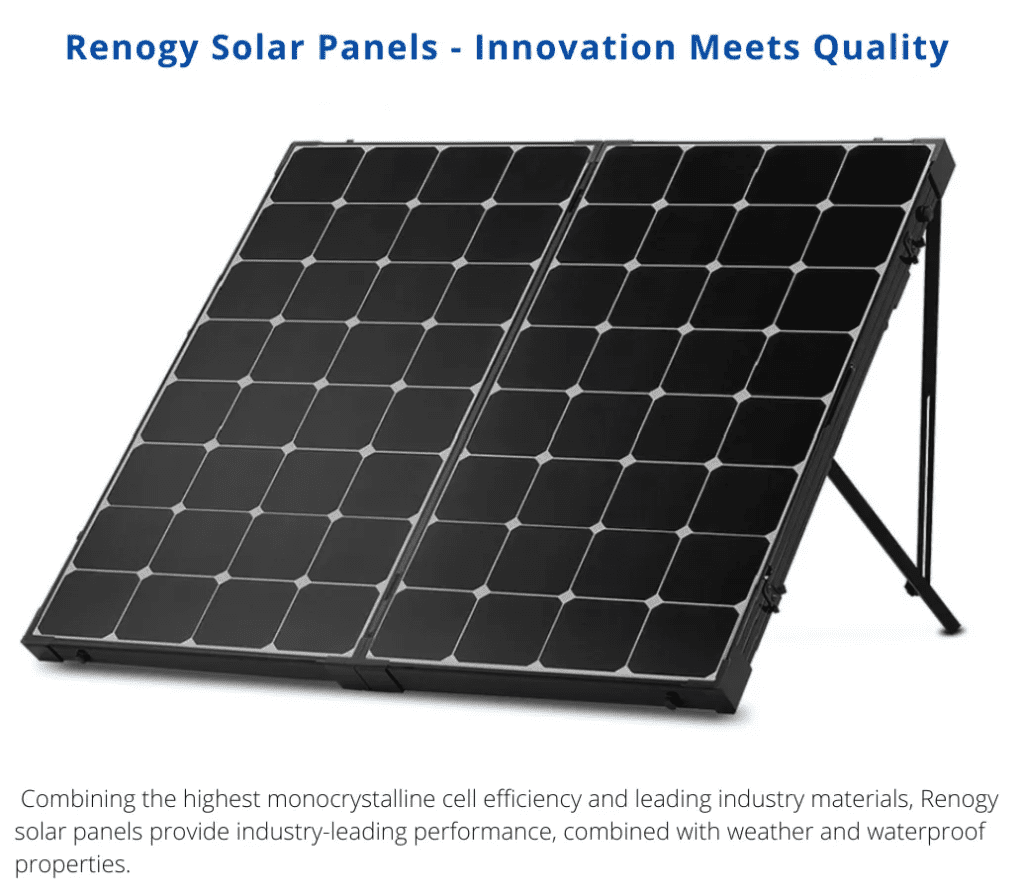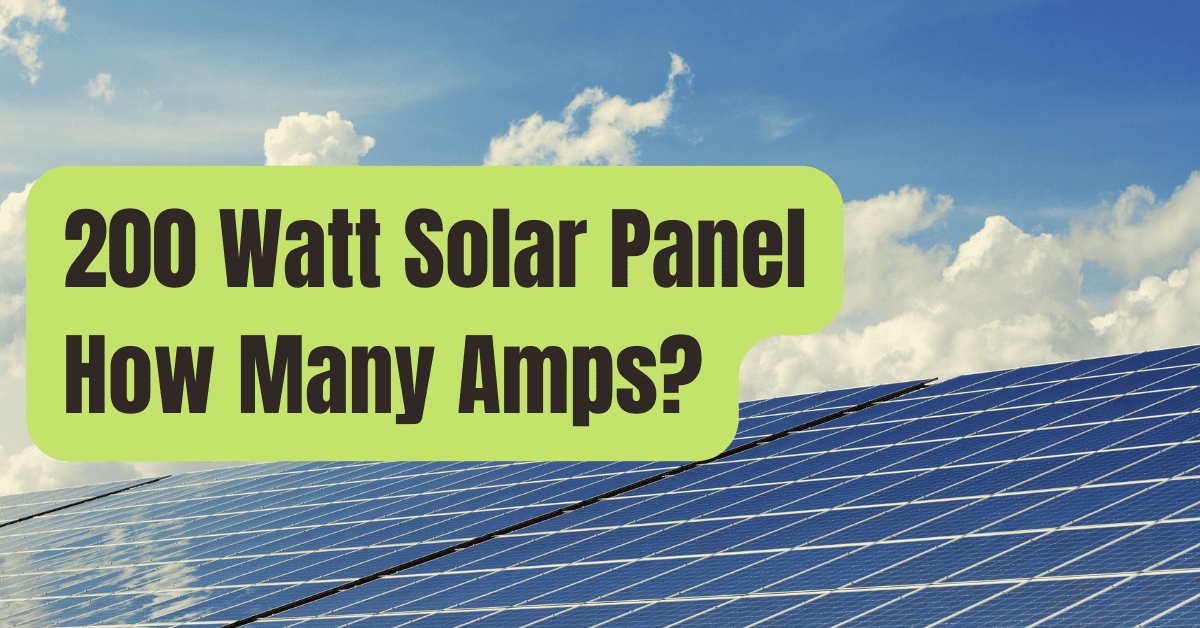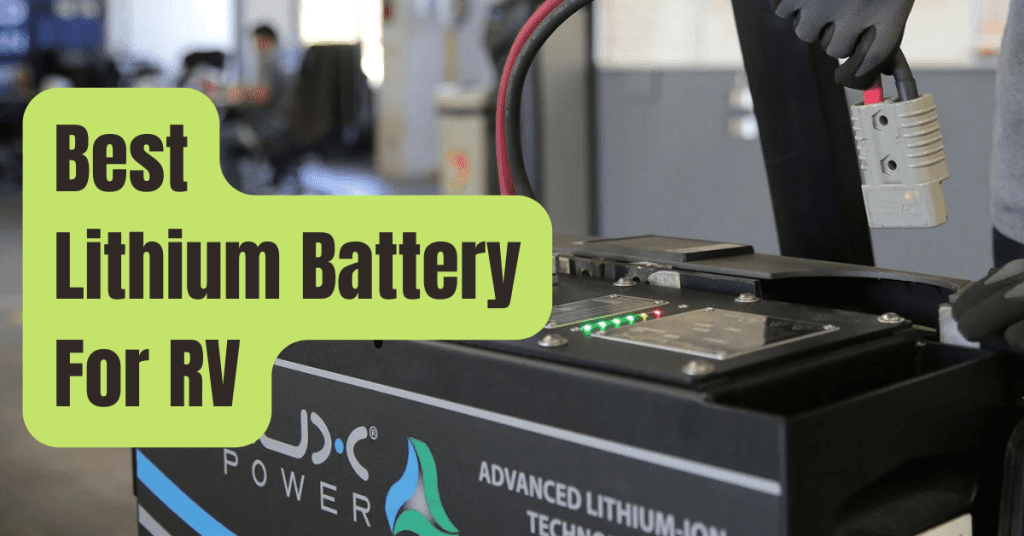
A 200 watt solar panel can produce how many amps?
Volts, Amps, And Watt-hour Parameters For A 200 Watt Solar Panel
I’m going to spend some time to explain how much energy a 200 watt solar panel represents in watt-hours and what the best circumstances are for delivering it before I look at what it will run.
Instead of talking about power in terms of watts at a certain moment in time, I’ll be referring to the amount of energy a 200 watt solar panel can generate in watt-hours.
Watt-hour energy is important for adjusting battery output to different loads.
How Many Amps Would A 200 Watt Solar Panel Produce?
On the manufacturer’s specification sheet, it is stated that the maximum amps for a 200 watt solar panel are known as Imp (Current Maximum Power).
A 200 watt solar panel with a Vmp of 25 volts typically uses 8 amps of DC current.
Instead of attempting to measure it under real-world circumstances, it is advisable to utilize the information on the specification sheet to determine how many amps a 200 watt solar panel generates.
A typical DC value is about 8 amps.
If we assume the solar panel is providing full power, we have to deduct inverter losses of roughly 10% when converting it to AC current.
When delivering an AC load in the US, we must lower the DC amps by the ratio between the DC/AC voltages if Vmp for a 200 watt panel is 25 volts.
An easy formula would be:
AC amps = DC amps x 25/120 = 8 x o.208 = 1.66 amps AC
It should be noted that inverter efficiency varies with the load; I’ll suppose it is 90% when fully loaded.
However, doing so would require utilizing a 200 watt inverter, which you would never do.
For the sake of simplicity, let’s stick with it.
To ensure that they can handle the additional power demand or surges, inverters are usually larger.
Final maximum AC load current = 1.66 – (1.66*10/100) = 1.49 amps AC
I’ll go through some basic technical details of several solar panels available on the market before calculating how many kWh a 200 watt solar panel can produce.

What Charge Controller Size Is Needed For A 200W Solar Panel?

For a 200 watt solar panel, what size charge controller do you need?
Assume that the charge controller has a maximum Imp current of around 10 amps and is charging a 12 volt battery (see table in the next section for various 200 watt panels specs).
You can see from the table that there are several potential output currents depending on the number of cells and therefore Voc and Vmp.
Vmp is 36 volts when the greatest current is present.
A PWM solar charge controller will only make use of the 10 amps of maximum current that the panel is capable of delivering.
An MPPT controller, on the other hand, functions differently.
It considers the solar panels’ total output and has the ability to convert surplus volts to amps.
To monitor the Maximum Power Point, it achieves this by adjusting its internal impedance to that of the panel (MPP).
Accordingly, the potential current is as follows if a 12 volt battery is charging at 14.4 volts:
200 watts (solar panel rating)/14.4 volts = 13.8 amps
Since of this, MPPT charge controllers are more effective because they provide the battery with 35–40% greater charging current.
Any 20 amp charge controller would be enough in any scenario.
However, it’s always wise to use larger controllers than necessary in case the system is ever enlarged.
I’d employ a 30A controller.
Parameters For A 200-watt Solar Panel
The following are the electrical characteristics of solar panels that are most useful:
- Verify the open circuit voltage (Voc) by measuring it across the panel leads using a multimeter.
- Measure the short-circuit current (Isc) by placing a multimeter in line with the shorted leads.
- The voltage at which the most power is generated is known as the maximum power voltage (Vmp).
- The current that flows when the most power is generated is known as the maximum power current (Imp).
The Maximum Power Point (MPP) of the panel is attained when Vmp and Imp are at their highest levels.
The panel’s rated wattage at STC is this (Standard Test Conditions).
Table: Comparison Of 200 Watt Solar Panel Specs
| Brand ——-> | Renogy Compact Design | Sunpower SPR-200-BLK-U | Yangtze YS200M-72 | Amso Solar AS200M-36 |
| Mono/Poly? | Mono | Mono | Mono | Mono |
| Efficiency | 18.1% | 16.08% | 17.1% | 19% |
| # of cells | 40 | 72 | 72 | 36 |
| Voc | 27 | 47.8 | 45.8 | 24.1 |
| Isc | 9.66 | 5.4 | 7.1 | 10.5 |
| Vmp (volts max power) | 22.6 | 40 | 37.1 | 19.8 |
| Imp | 8.85 | 5 | 5.39 | 10.1 |
| Power at MPP | 200.1 watts | 200 | 200 | 200 |
| kWh/day at 4 peak-sun-hours | 0.8 | 0.8 | 0.8 | 0.8 |
| kWh/yr 4 peak-sun-hours | 292 | 292 | 292 | 292 |
| Dimensions | 1650*670*35mm | 1640*992*40mm | 1325*992*35 mm | 1324*992*35mm |
| Weight | 12 kg | 11.1 kg | 11 kg | 10.8 kg |
How Many Amps Can A 200w Solar Panel Generate?
How Much Energy Is Generated By A 200 Watt Solar Panel?
A 200 watt solar panel can produce 0.8 kilowatt-hours (kWh) of electricity every day, or 292 kWh per year, at an average irradiance value of 4 kWh/m2.
The exact quantity depends on the local irradiance.
To account for inverter losses, which depend on inverter loads while powering AC appliances, deduct 10%.
Maximum Electricity Point (MPP) is a concept that has to be defined since it is crucial to the generation of solar power.
When voltage and current are at the ideal levels for producing maximum power, the MPP is reached:
Watts are equal to volts times amps.
This takes place when:
- The amount of solar energy that strikes the panel surface, or irradiance, is high enough.
- The internal resistance of the load corresponds to the resistance of the panel.
#1. How Does Sun Irradiance Impact The Electricity Output Of Solar Panels?
The output of solar panels is influenced by the irradiance level and varies throughout the day.
Production is quite low in the early morning and late at night.
It peaks for four to five hours around midday.
The average daily hours of irradiance are used by solar specialists to calculate the average wattage a panel produces over time.
It may be found in historical datasets on websites like Global Solar Atlas and varies depending on the region.
The city of Houston, Texas’s irradiance level is shown in kWh/m2/day in the graphic below.
Any location’s irradiance is calculated using peak sun hours.

This quantity, which is often referred to as “peak-sun-hours,” may be used to estimate the daily or annual power production of solar panels.
#2. Typical Resistance Of Solar Panels (Internal Resistance)
Every electrical appliance has a measureable internal resistance; for solar panels, this resistance is referred to as their characteristic resistance.
Maximum power is produced when the internal resistance of the panel equals the resistance of the associated load, which is clearly not the case in everyday life.
Some controllers automatically modify their own internal resistance to mimic the best possible power circumstances.
They are also known as MPPT inverters or MPPT chargers.
#3. What Kind Of Output Can A 200 Watt Solar Panel Deliver?
The amount of electricity produced may be calculated in kilowatt-hours as follows:
Solar panel rating x peak-sun-hours/day = watt-hours (hW)/day
A 200 watt solar panel in Houston, for instance, may generate:
200 watts x 4.254 = 0.85kWh/day = 310.5kWh/year
What Size Is A Solar Panel With A 200 Watt Capacity?

The size, quantity, and efficiency of the solar cells used to make up a 200 watt solar panel determine its physical dimensions.
The panel thickness varies depending on the thickness of the EPA and covers used by various manufacturers, with an average dimension of 1640 mm x 992 mm.
Although the thickness of the glass cover, panel backing material, and EVA plastic layers might vary, the thickness of solar cells is a standard throughout the industry.
Average weight is between 11kg and 12kg, and average thickness is between 35mm (1.38″) and 40mm (1.58″) thick.
What Is The Price Of A 200 Watt Solar Panel?
Generally speaking, pricing is often influenced by both quality and the nation of manufacturing.
(I’ll admit it: I’m an affiliate.)
It may or may not be a good value when shipping and import taxes are taken into consideration, but the decision is yours.
It’s true that you get what you pay for, so hiring an unreliable source is a bit of a risk.
I have bought panels from both China and the EU, and I have to admit that my experience wasn’t all that great.
But the quality/price of the lithium iron phosphate batteries I bought from a major Alibaba seller were excellent.
When shipping and taxes are taken into consideration, there is scarcely any need to purchase anywhere other than your own nation, especially if you may want product assistance.
In conclusion, there are some fantastic deals to be found in the solar industry, but be careful!
A 200 Watt Solar Panel Can Power What?
#1. Can A Refrigerator Be Powered By A 200 Watt Solar Panel?

Can a small/mini fridge be operated by a 200 watt solar panel?
The bare minimum power need for a small- to medium-sized refrigerator is roughly 300 watts, together with a 120Ah lithium iron phosphate battery and a 500 watt pure sine-wave inverter.
Consider this: a 200 watt panel normally produces around 292 kWh per year, whereas a compact, energy-efficient (read: “new”) refrigerator may use anywhere from 2,000 to 3,000 kWh per year.
If a micro fridge uses roughly 250 kWh per year, it should be able to be powered by a 200 watt solar panel, but will it?
A refrigerator runs continuously, however solar panels only generate electricity when the sun is out.
This indicates that you need a battery to provide 125kWh of nighttime energy, or 50% of the needed energy.
The 200 watt solar panel must produce 125 kWh annually during daytime hours to power the refrigerator, and an additional 125 kWh to fully charge the battery for use at night.
What about those overcast days? It could be OK, but it will be close.
#2. Can Solar Panels Be Used Without Batteries?
Solar panels may be used without batteries, and in fact, grid-tied solar systems operate in this manner.
When there is an excess of energy, the solar panels send it to the electricity grid.
I wouldn’t advise it if you wanted to utilize a solar panel to directly power an appliance.
Production will significantly decrease if clouds move above and hide the sun.
Fridges cycle on and off, much like heat pumps, freezers, and air conditioners, which presents specific challenges for a solar supply.
A refrigerator may use up to three times as many watts at startup as it does during continuous operation.
The solar panel may not be able to handle this additional load.
The additional power needed to operate, halt, and restart compressor motors is thus supplied by energy storage or some kind of battery.
#3. How Many 200 Watt Solar Panels Are Required To Power An Entire Home?
The typical US home uses 11,000 kWh of energy annually.
With average irradiance, a 200 watt solar panel may generate 292 kWh per year, however one must additionally account for solar system losses.
These may make up as much as 23%.
200 solar panels = yearly household energy use/production of solar systems minus 10% losses
A single panel may generate: 292kWh*23% = 292-67 = 225kWh
To power a house with 200 watt solar panels, multiply 11000 kWh by 225 kWh to get 48 panels.
Note: To get a more precise figure, use the irradiance value for your location.)










